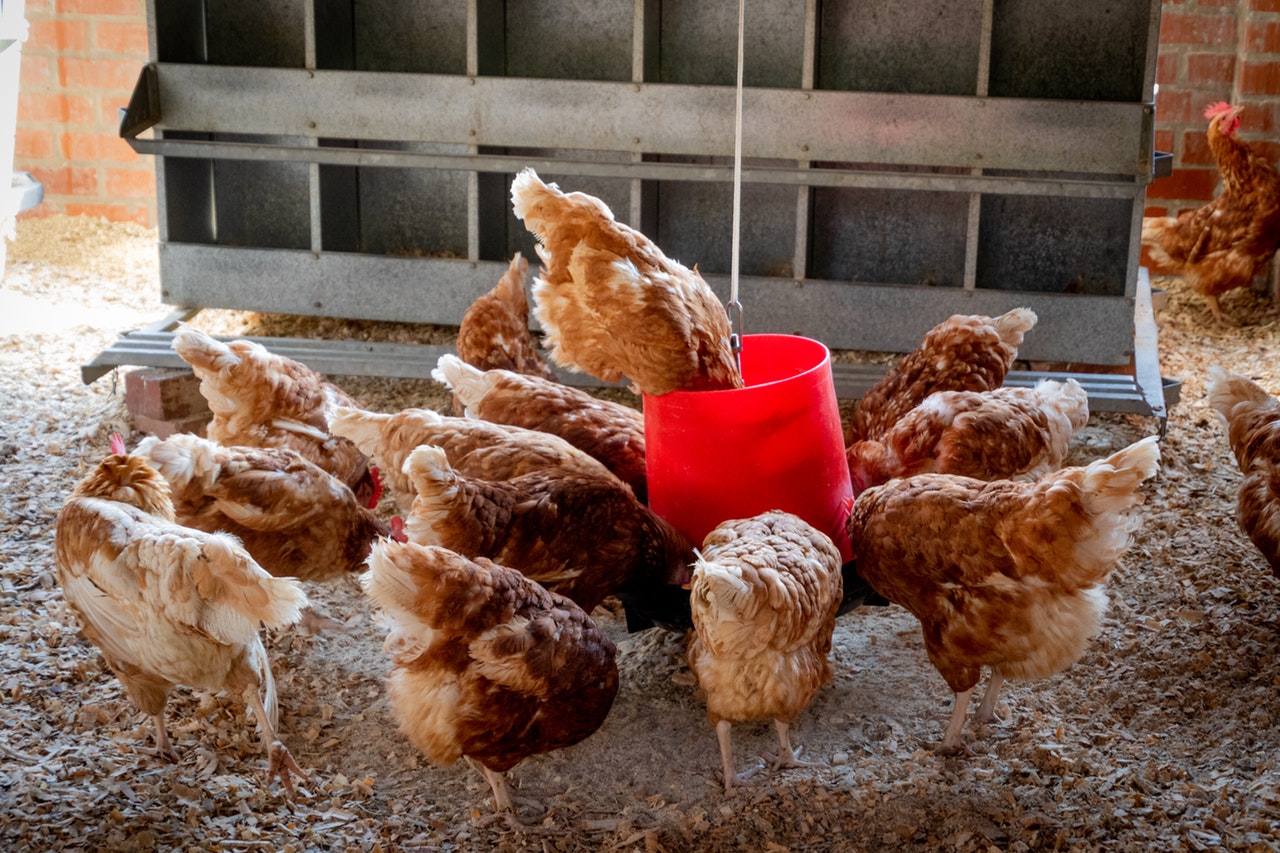What will future discoverers find in the rotting ruins of our society? Classical art? Icons of architecture? Relentless machines of war? Actually, it’ll most likely just be a lot chicken bones. Figures.
Geologists have announced a new epoch in the history of the Earth, the Anthropocene or the age of humanity. But we are not alone. We brought our animals with us throughout the birth and growth of our mighty civilisations. About 8000 years ago, our ancestors found a funny little bird wandering the jungle floor. Gallus gallus, or Red Jungle Fowl, were used as a form of entertainment and had important cultural significance. At least until someone got a little too peckish. Now there’s about 21.4 billion of them at any given point; more than any other land vertebrate and at least 10 times the amount of any other bird.
The drastic changes in the functioning of the world’s agricultural systems have caused this huge increase. A movement from integrated livestock and crop systems with a scattered few chickens, to intensive systems with thousands of caged or housed hens together on farms dedicated solely to egg or meat production. About 60 billion chickens are slaughtered for meat annually, and as you’re finishing off your bargain bucket you probably put very little thought into where those chicken bones end up. Imagine – tens of billions of carcasses accumulating in the oxygen-free mummifying mountain of landfill, there to stay, to solidify, and to sediment.
From Red Jungle Fowl to the McChicken, the common broiler, a chicken bred for meat, has displayed a huge change in its physiology over evolutionary time. The leg bone of a juvenile broiler is triple the width and double the length of a typical Gallus gallus. Over the last 50 years especially, farmers have worked hard to selectively breed chickens that are bigger, with today’s chickens growing four to five times heavier than birds in 1957. “We think they are a really important symbol and potential future fossil of this age, and man’s impact on the planet,” says Carys Bennett at the University of Leicester, UK.
As society becomes more and more conscious about the impact of pollution on the environment, its easy to focus on the next century in a very humancentric manner. But the fact is, we are but one era in 4 billion years of Earth’s long and tumultuous history. Bennett explains “The signal of our civilisation is already being recorded.” What will future civilisations think of the plastic bags, the soda cans, and of course, the chicken bones? What will they think of us as they dissect and analyse the fossilised remains of our society? And what will they think of how we lived?
By Olivia Maskill
image source: pexels.com

